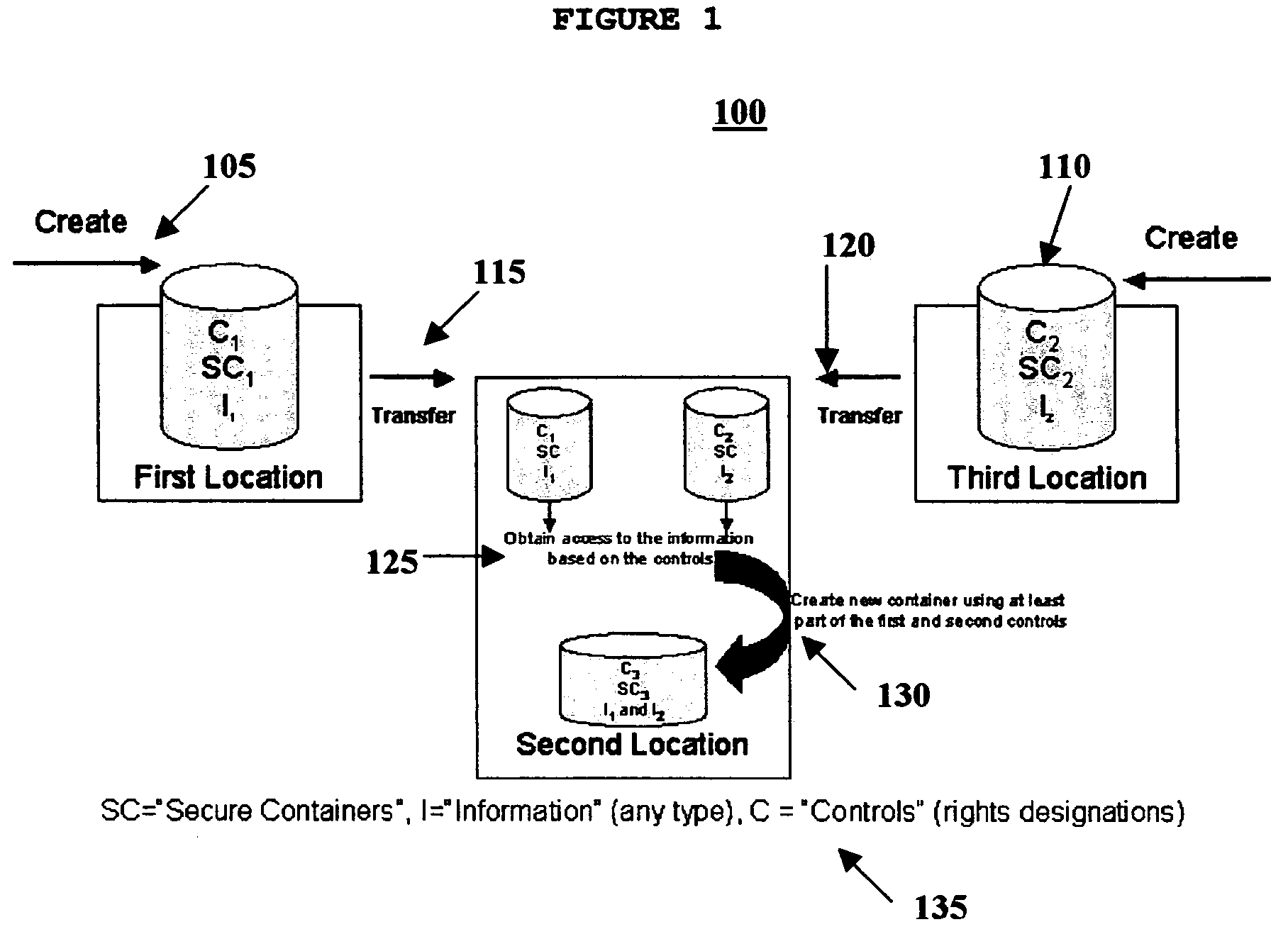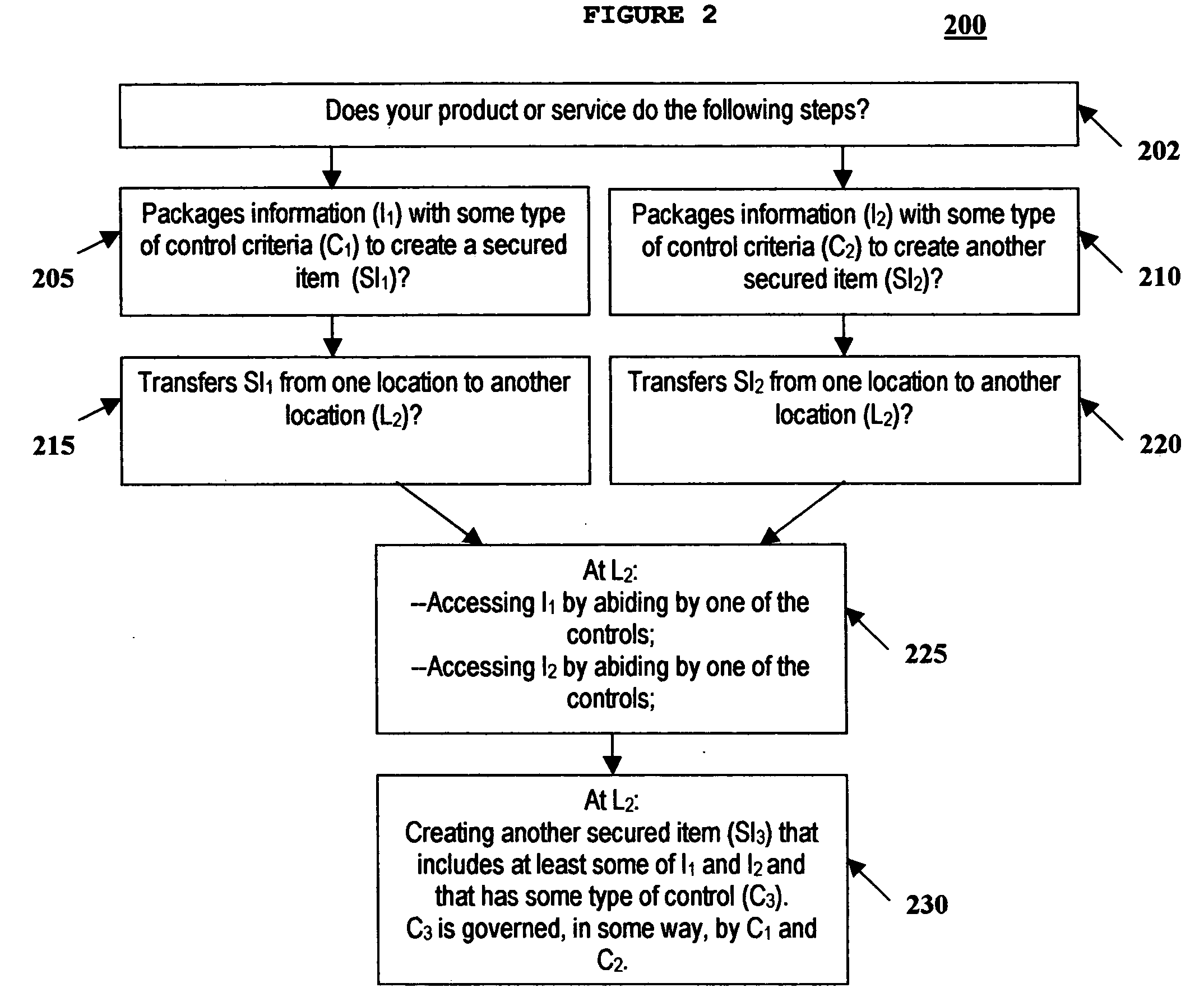Systems and methods for evaluating information to identify, and act upon, intellectual property issues
a technology of information evaluation and intellectual property, applied in the field of methods and systems for conducting information evaluation, can solve the problems of non-patent professionals, such as engineers, and the inability to conduct a thorough review in a time-efficient and cost-effective manner, and determine whether one or more patents prohibit such making, using, importing or offering for sale without a license from a third party patent owner
- Summary
- Abstract
- Description
- Claims
- Application Information
AI Technical Summary
Benefits of technology
Problems solved by technology
Method used
Image
Examples
Embodiment Construction
[0030] In one embodiment, the present invention comprises a plurality of steps designed to enable a person, referred to as a reviewer, to identify whether a composition of matter, technical design, product, service, component, technology, feature, business model or any other item may have intellectual property issues associated therewith. An intellectual property issue can refer to whether an item infringes, violates, implicates, covers, or otherwise brings into question intellectual property, such as trademarks, copyrights, or patents, owned by another person, company, institution, or entity.
[0031] In another embodiment, the present invention also includes a set of screens, filters, comparison sheets, and / or questionnaires (referred to generically as screens) which are derived from patent claims and used to evaluate whether a composition of matter, technical design, product, service, component, technology, feature, business model or any other item may have intellectual property is...
PUM
 Login to View More
Login to View More Abstract
Description
Claims
Application Information
 Login to View More
Login to View More - R&D
- Intellectual Property
- Life Sciences
- Materials
- Tech Scout
- Unparalleled Data Quality
- Higher Quality Content
- 60% Fewer Hallucinations
Browse by: Latest US Patents, China's latest patents, Technical Efficacy Thesaurus, Application Domain, Technology Topic, Popular Technical Reports.
© 2025 PatSnap. All rights reserved.Legal|Privacy policy|Modern Slavery Act Transparency Statement|Sitemap|About US| Contact US: help@patsnap.com



